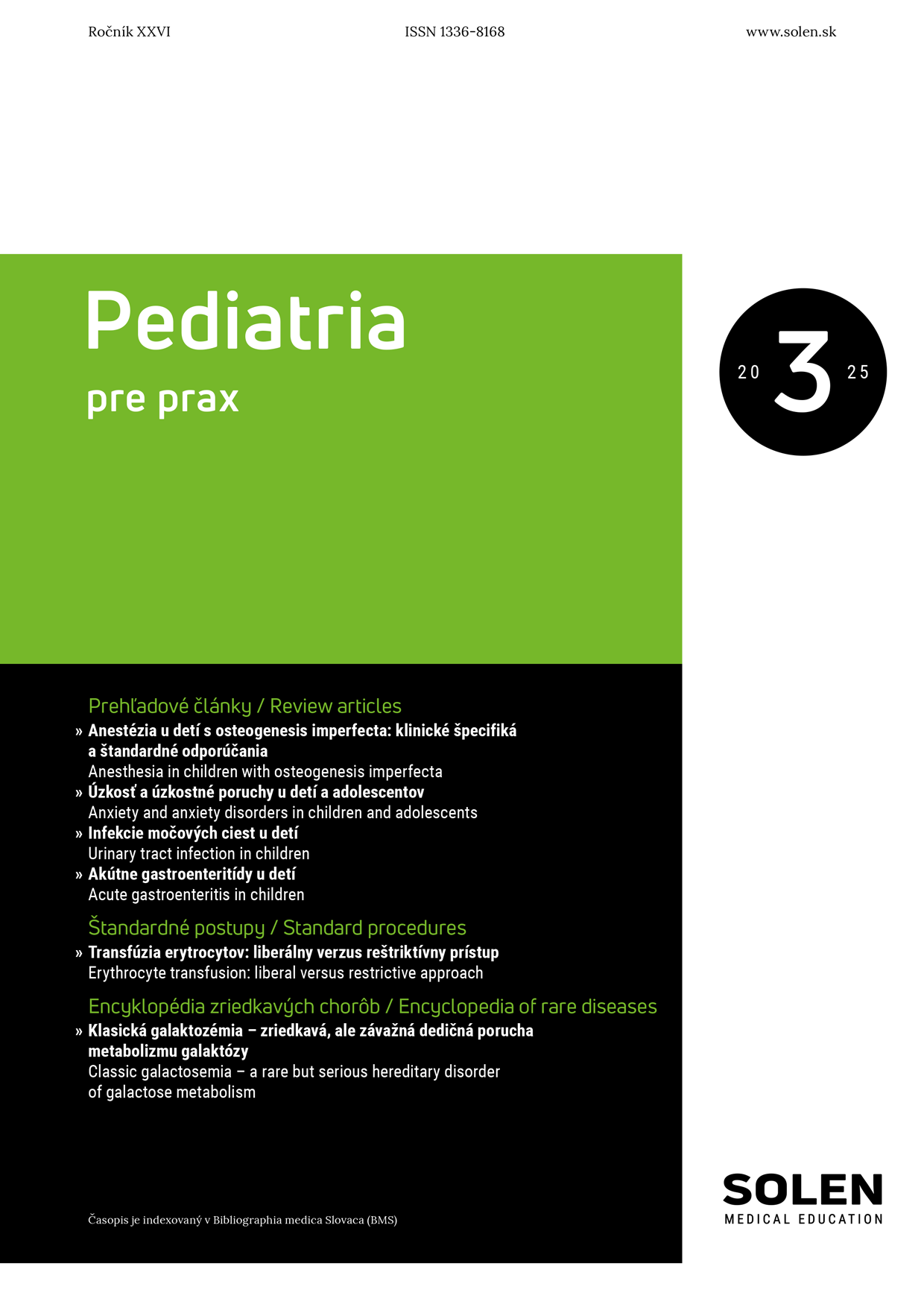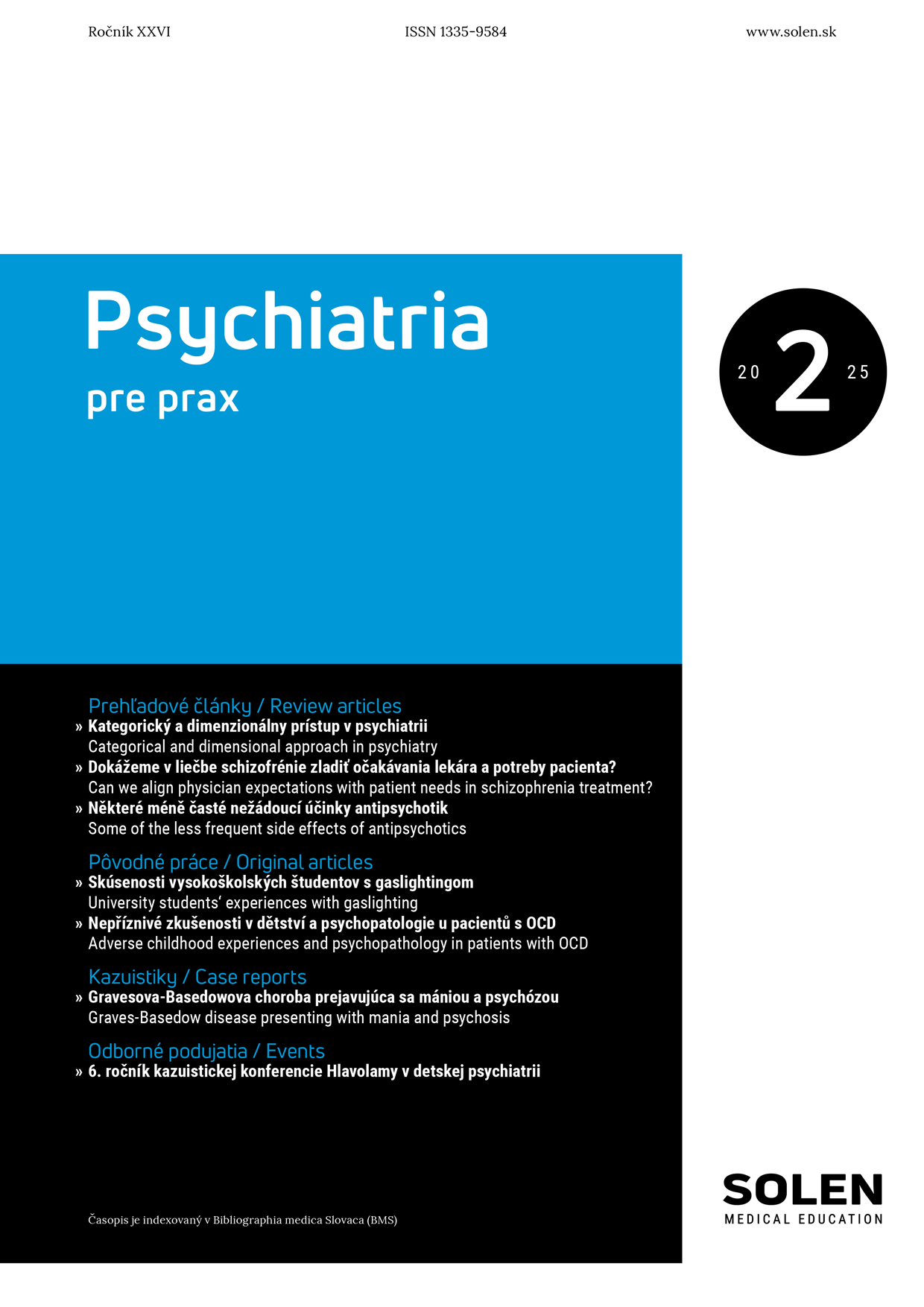Anestéziológia a intenzívna medicína 2/2015
Automatic proportional minute lung ventilation - why minute ventilation?
Objective:To identify the key parameter of pressure support ventilation stability and its potential use in the control of semiautomatic pressure controlled ventilation modes. Material and methods:263 patients ventilated at least 48 hours were observed. Parameters of ventilation, ventilator settings and reactions of adverse stimulation (pain, cough, etc.) were recorded during the last 2 hours before extubation. Subsequently patients were divided into 2 groups based on the presence of adverse stimulation. The main goal was to evaluate the accuracy of gas exchange by patient-ventilator system and the stability of tidal volume (VT), minute ventilation (MV) and fsd – trigger. Results: Ventilation was stabile and MV varied ± 11 % in the first group with no adverse stimulation (n = 166). VT deviation was 38 % at maximum and occurred 3 – 4 times per 30 min. The fluctuations of MV in 15 minute intervals were not statistically significant. There was a significant variation of rate of ventilation (30 %, p < 0,01), VT (80 %, p < 0,01) and MV (37 %, p < 0,01) at a constant pressure support and PEEP in the second group with adverse stimulation (n = 97). Decrease of CO 2 was 26 % (p < 0,01). It took from 5 to 15 minutes for the ventilation fluctuations to disappear after the adverse stimulation. Conclusion:It is the minute ventilation that is the key parameter to stabile pressure control ventilation (PS/ASV) and gas exchange and secondary to acid-base and blood gases values. This study has showed that constant MV would be the most suitable guide for stabilization of ventilation parameters in the semiautomatic ventilation system.
Keywords: pressure controlled ventilation, stability of ventilation.

















